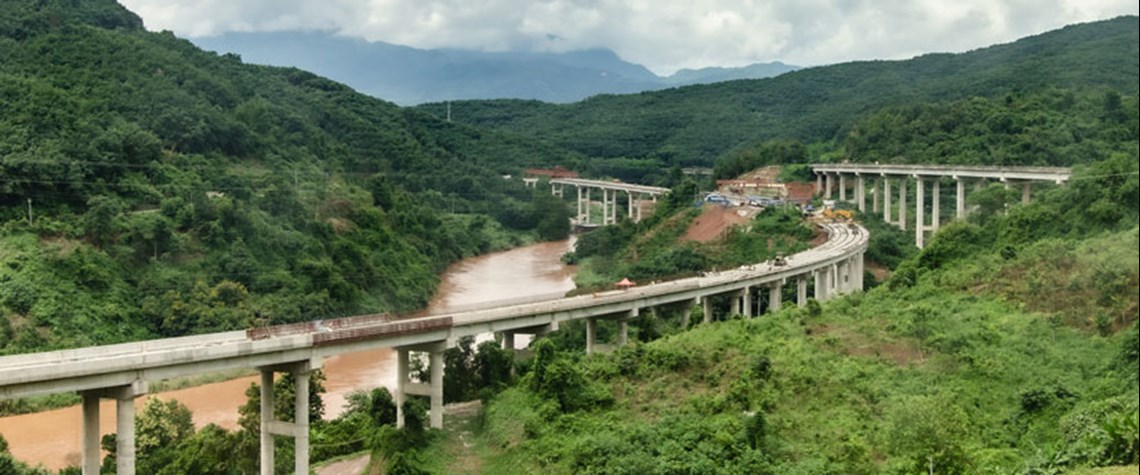Investment flows are starting to move towards clean energy but are still nowhere close to the level needed for the energy transition to be successful, according to a panel of speakers at the FT Commodities Global Summit.
Fossil fuel investments still accounted for 43pc of global energy spending in 2020, and the amount spent is expected to rise again in 2021, according to the recent IEA World Energy Investment Report.
However, with the Biden administration committed to tackling climate change and setting new emissions reduction targets of 50-52pc from 2005 levels by 2030, flows could start to move more firmly in the direction of clean energy, according to Philipp Hildebrand, vice chairman of BlackRock, the world's biggest asset manager.
“Provided government commitments get translated into concrete regulatory and tax measures I believe we are at the beginning of a tectonic reallocation of capital towards the net-zero transition,” he said.
But if the US exits the Paris Agreement again as it did under the Trump administration, that would seriously impede this reallocation, Hildebrand notes.
“In order for this capital reallocation to sustain itself, we need continued government commitment,” he says.
China and India
Both China and India—key countries in terms of emissions and of emerging geopolitical associations—are also starting to see changes in investment patterns. China is starting to move away from coal, according to Demetrios Papathanasiou, global director for energy and extractives at the World Bank.
“No one we see as a private investor is looking at coal power mines or assets. Most are trying to figure out how do they taper them off deal with stranded assets, and deal with concessions,” he says.
“And India is certainly doing everything they can to drive a pathway which will go very clearly to clean energy.”
China has committed to peaking coal use from 2026, and investments under its Belt and Road Initiative—the nation’s overseas infrastructure development strategy—have financed more renewables than fossil fuel projects over the past year.
Meanwhile, middle-income countries such as the Philippines, Bangladesh and Pakistan are also starting to move away from coal.
But these countries—and those in Africa—will need more investment from both the G7 and China if a global energy transition is to get underway in earnest, according to Kate Hampton, CEO of the Children’s Investment Fund Foundation.
“Developing countries have come out of Covid with depleted fiscal buffers, some struggling to access capital markets, and there is no way they can transition without blended public and private capital support,” she says.
“Instead of having Belt and Road and the G7 doing their own thing…we need a multilateral principles based framework—including all the international financial institutions and the major investors—focused on a green transition that includes everybody in the global south.”








Comments